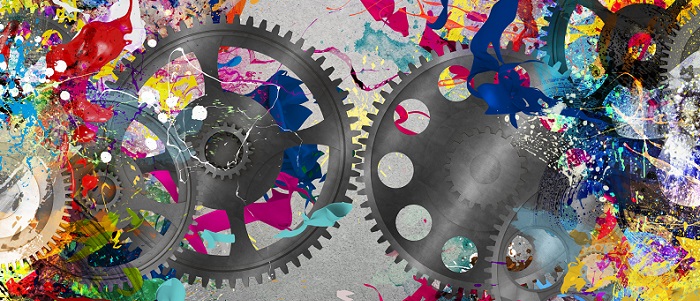
This byline originally appeared on MarTech Advisor.
Programmatic has a creative problem. It’s not that programmatic and creativity can’t co-exist. It’s that the approach by which organizations develop creative appears to be a big culprit in limiting creative exploration in digital and programmatic. Across many brands, creative development cycle time and, as a result, overall content output are common complaints. We expect the frustration is caused by organizations largely following the same processes that they’ve long used for linear creative development.
These processes are meant to de-risk what is otherwise a risky proposition. TV creative development, in particular, is laden with gating processes and pre-testing, and for good reason: 1) production costs are high, on average — around $350,000 for a 30-second spot and 2) how spots are purchased and lag time to understand performance means hundreds of thousands could be out the door by the time the marketer has an early in-market read. Neither factor plays such a pronounced role in digital programmatic — especially the latter because of real-time performance feedback.
Digital creative development processes should be built from the ground up rather than lifting practices historically used for other channels. This applies to everything from ideation to development to approvals. We gain more opportunities to find stronger performance by reducing timelines to final creative and increasing the size of the creative content space included in launch and refreshes. Examples abound of the big benefits from achieving better creative. In one recent case, a client lowered acquisition cost by ~25% by testing into more emotionally-oriented messaging. In another case, moving from similar creative across the campaign to a sophisticated decisioning tree based on both browsed products and other behavioral indicators improved conversion metrics by over 200%.
Brands can benefit from infusing new best practices into their creative process, namely by:
- Taking an outsider’s view the next time you are developing creative for an upcoming digital campaign to understand where things are either 1) slowing down or 2) nonsensical for creative development in digital.
- Challenging every step as to whether it’s required for digital development or an artifact of legacy processes and gating. For example, timelines may be getting sidetracked by misalignment among your cross-functional team, or because of laborious creative approval requirements.
- Maximizing the creative space (i.e., number of variables/variations) to allow algorithm-driven optimization to find what works best. Leverage a dynamic creative technology partner, who can help you serve meaningful one-to-one messaging in real-time by using data to define the best mix of elements such as background image and text. In doing so, make sure to 1) have full data and optimization alignment between dynamic creative and advertising platform, and 2) inform creative messaging and imagery with a full view of consumer behavioral indicators rather than just last product viewed.
- Conducting purposeful iterative testing as part of every activation strategy to develop a playbook for what best drives attention and persuasion for your brand.
Once complete, your creative output will increase along with performance opportunities from your campaigns.
